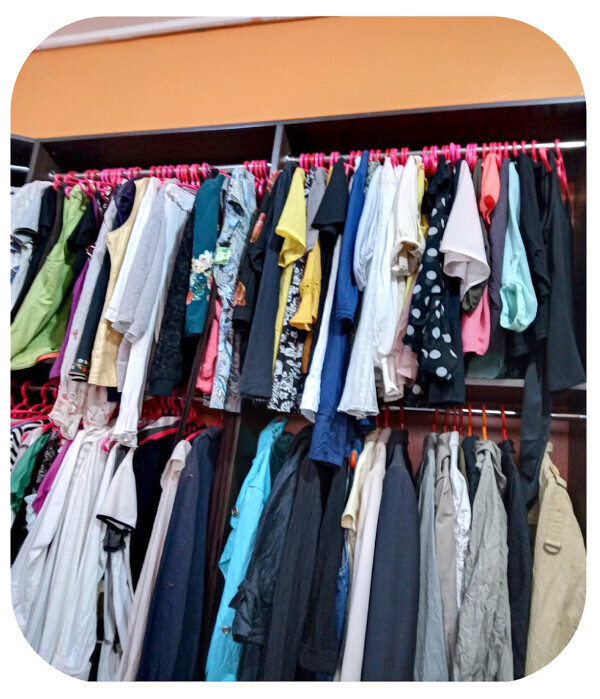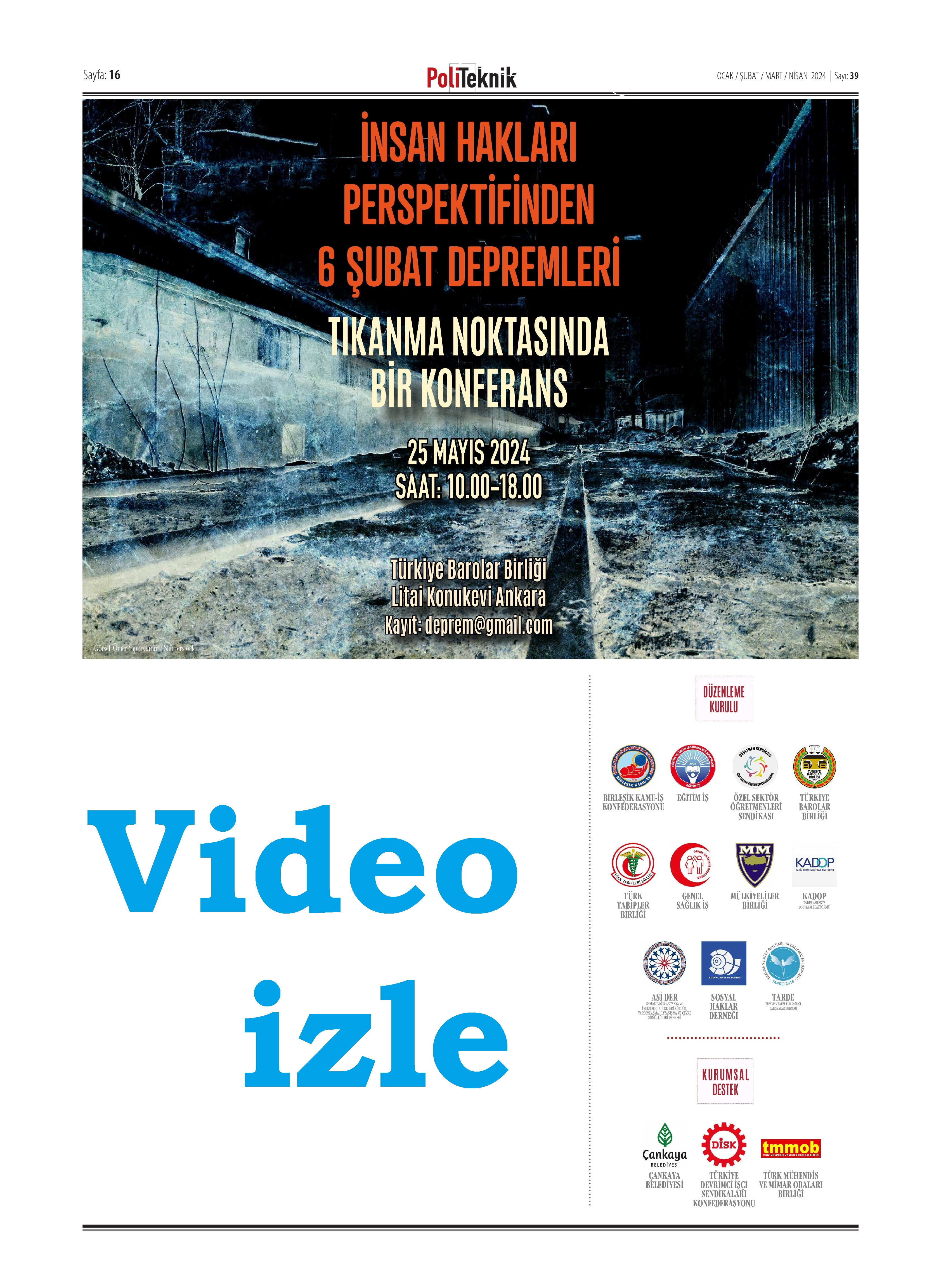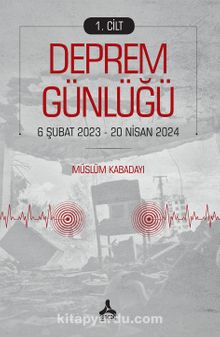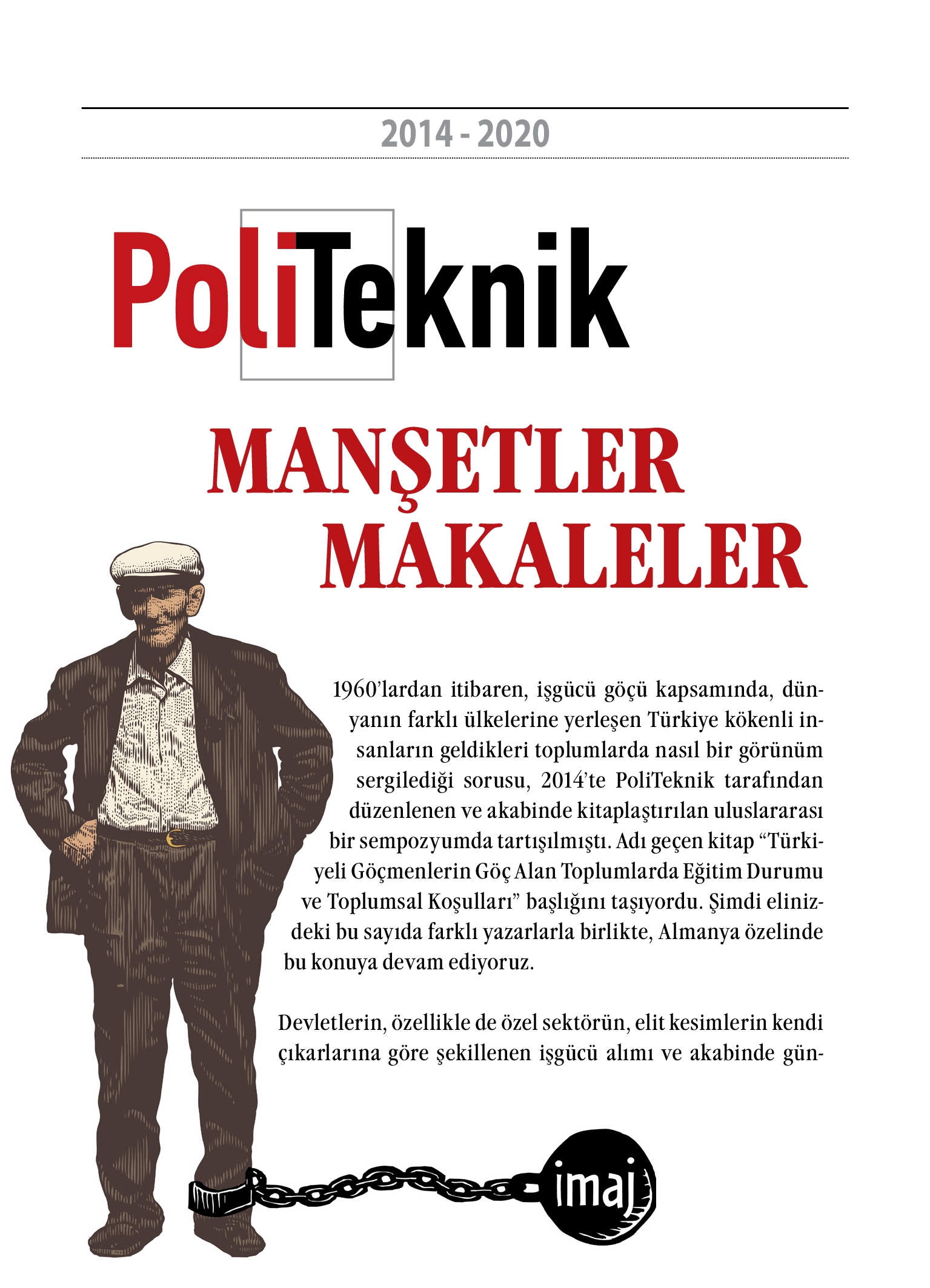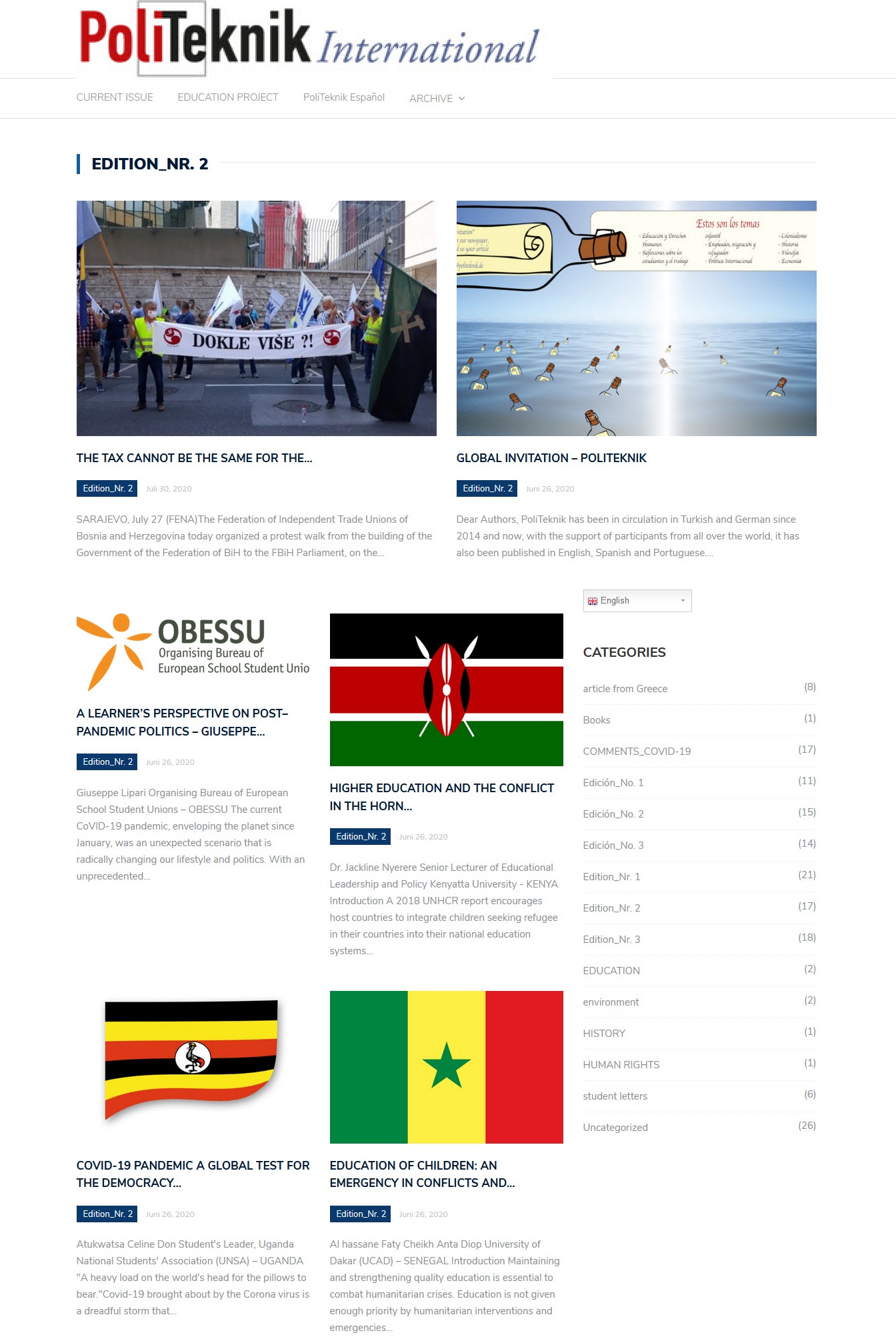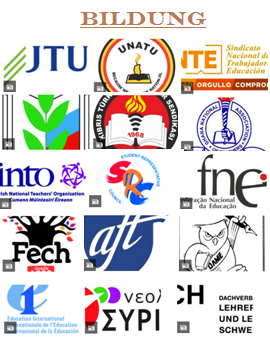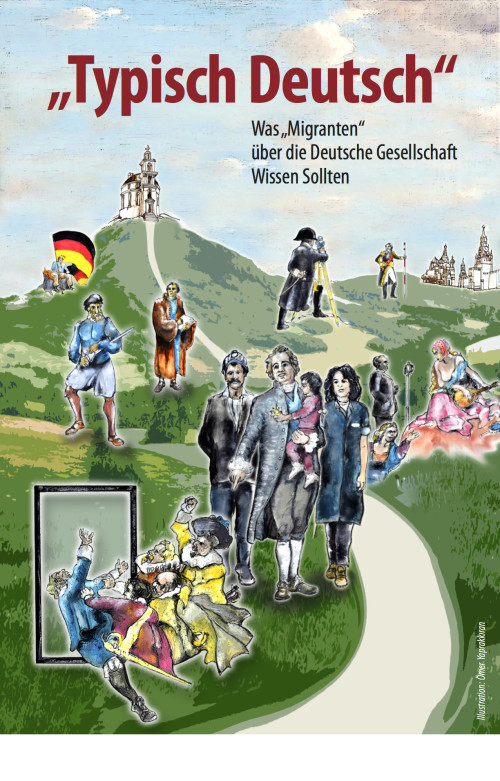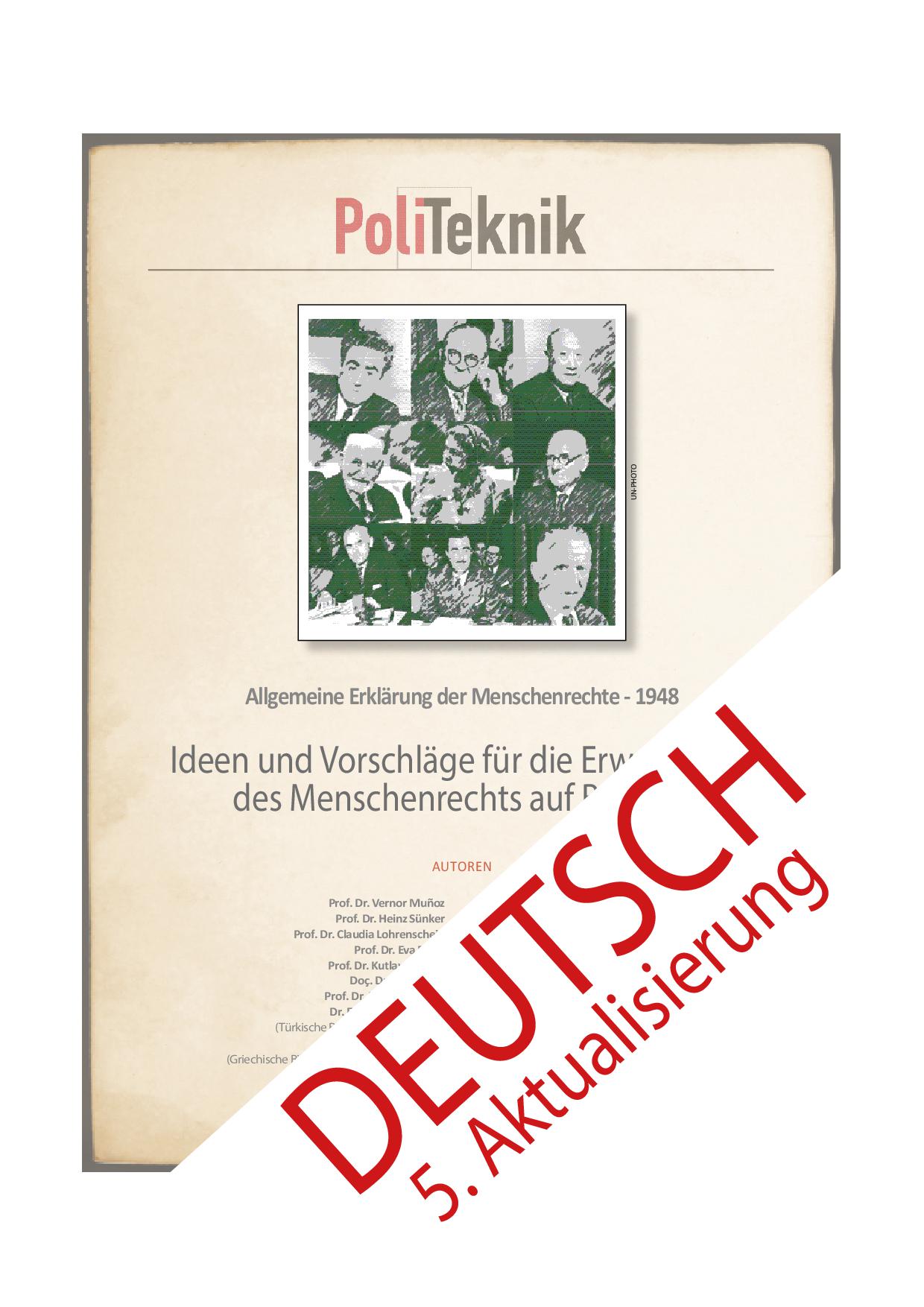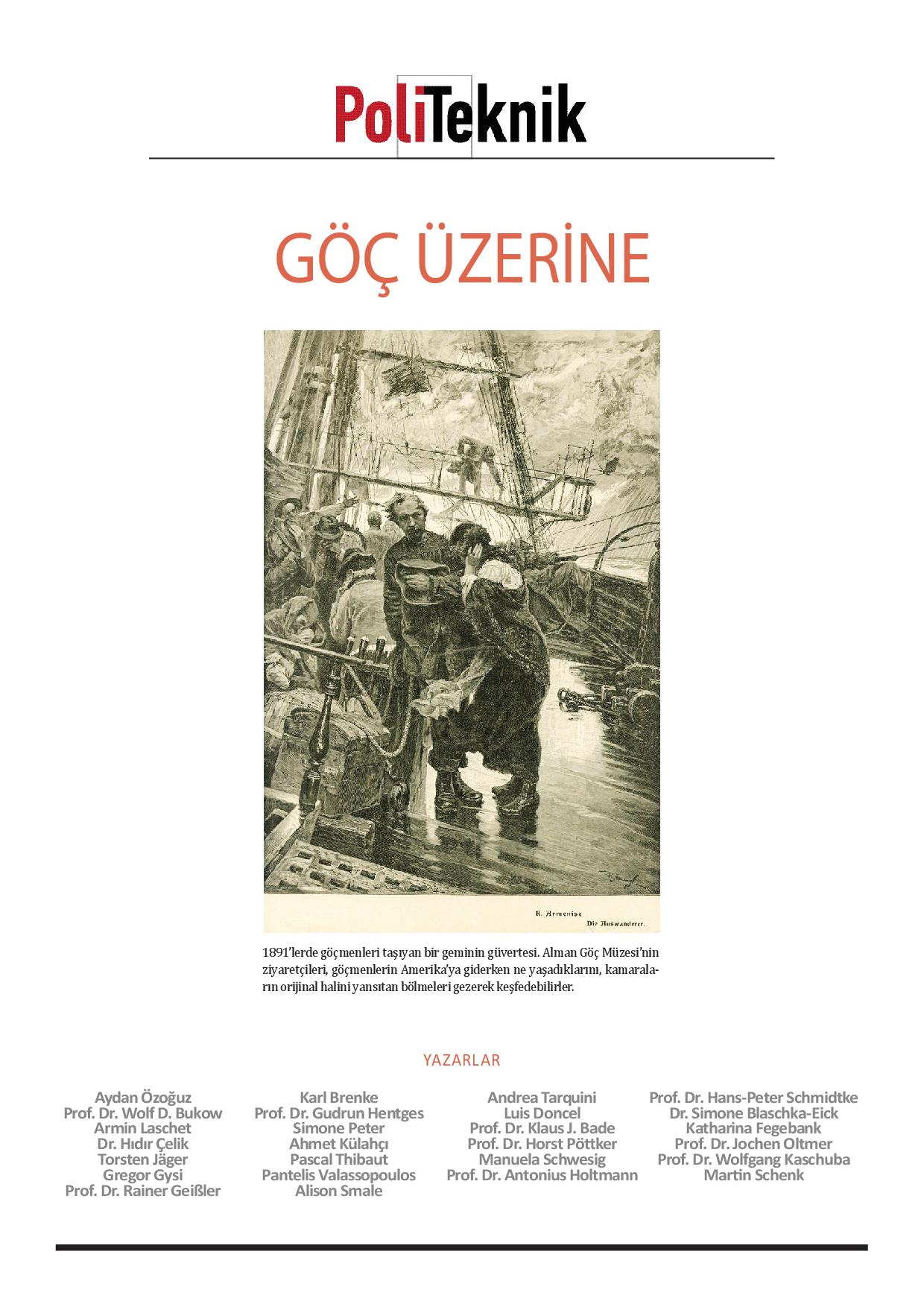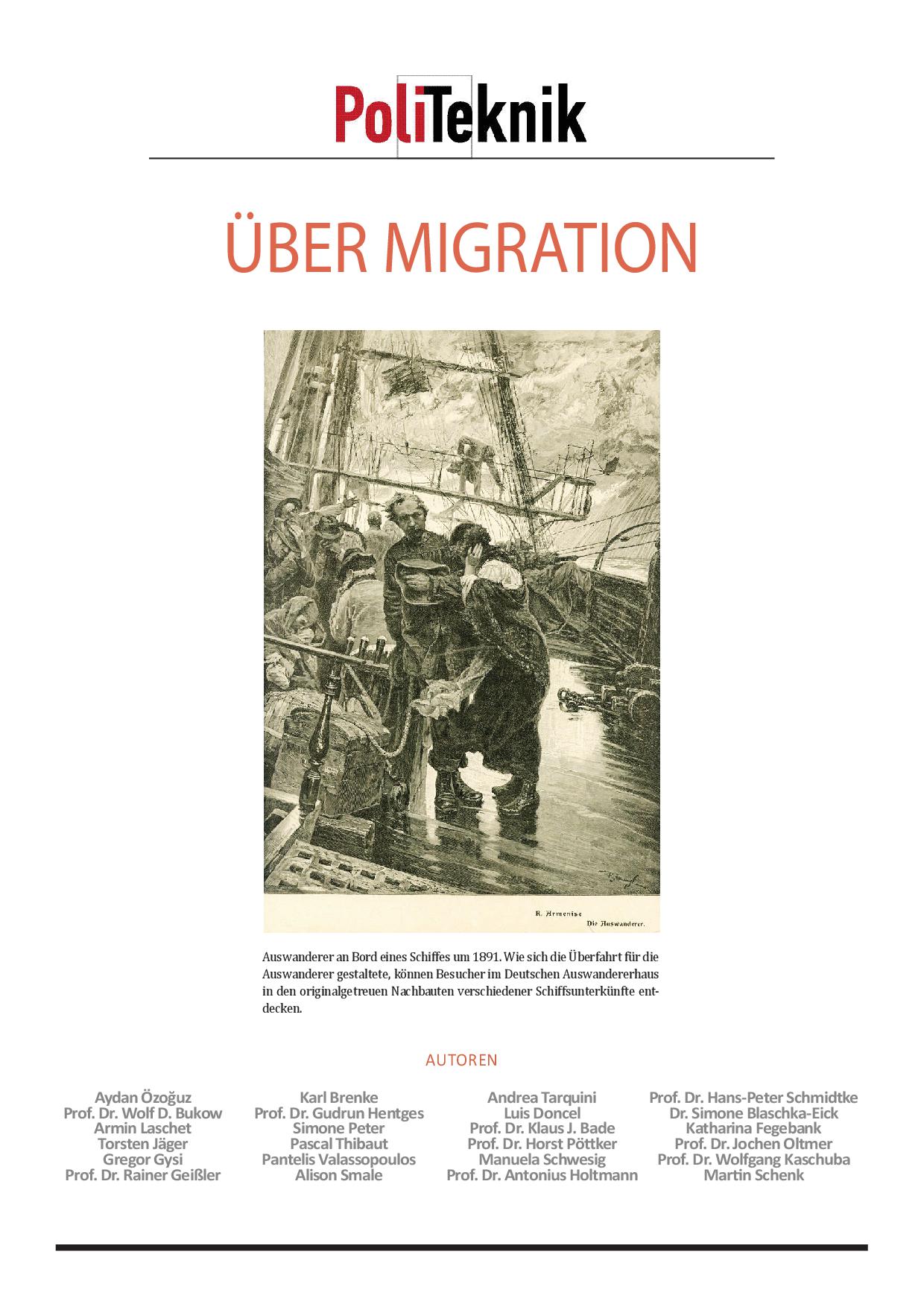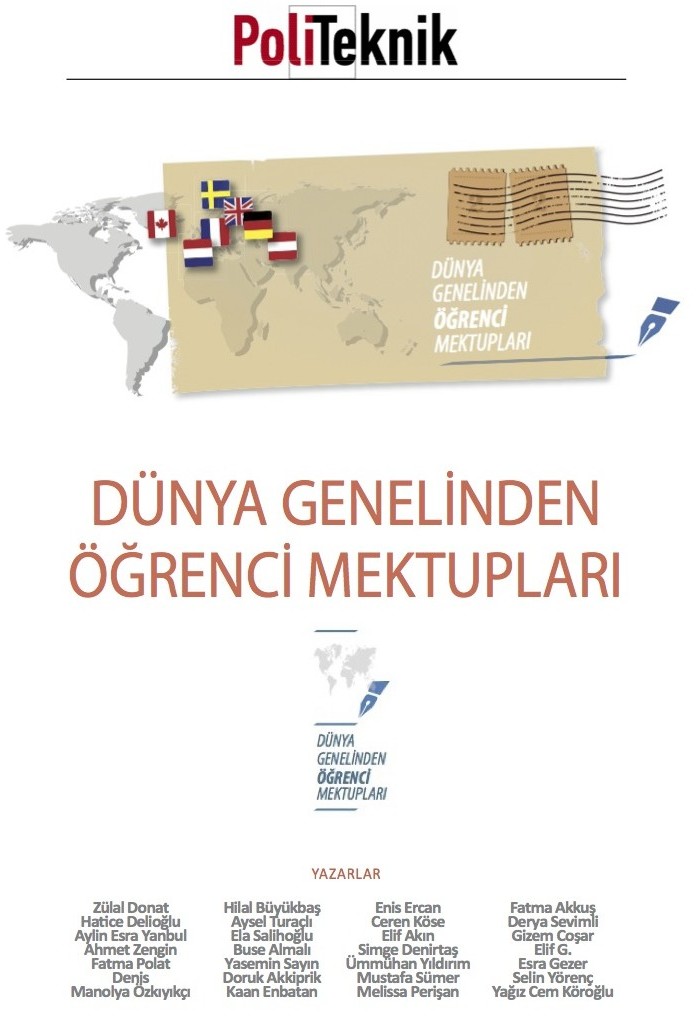Exploitation runs through the fashion industry from start to finish. It’s the thread that connects garment workers in production countries earning poverty wages to mountain landfills of unwanted clothing here in Uganda. In an ongoing echo of colonialism, the jobs that employ about 90% youth and women at both ends of this cycle are precarious and poorly paid, trapping workers in poverty while earning those at the top of the chain, the brands and importers respectively, big profits. One major issue that keeps the cycle going is that the true cost of fast fashion is hidden from consumers. When buying a cheap item of clothing, they don’t see the struggle of the garment workers who made it, nor do they think about the decimation of a once-thriving local garment industry here in Uganda, where their clothes are likely to end up after falling out of fashion or falling apart because of their poor quality.
Low quality unwanted clothes donated to charity or thrift stores in Europe and theUSA, are often shipped in bales to African countries and either sold in second-hand clothing markets and local boutiques , These bales are graded in classes like First class which is more expensive with better taste and most botique sellers opt for that. if they are too damaged, they are dumped into landfills or chances are the clothing could be clogging drainage channels some where in an urban slum area. . One of Uganda’s main cash crops is cotton, yet 95% of it is exported as raw material for use elsewhere and 5% consumed by local textile facilities. The same cotton grown here gets sold back to us only as discarded products – once it has been worn in Europe or USA. Uganda and our neighbouring African countries have now become the dumping ground for 70% of the world’s discarded fashion, 80% of clothing sold in Uganda is second hand and local production is unable to compete, even though the clothes that reach us are dirty, ripped, or stained. According to a recent case study on quality and fertility assessment of municipal solid waste composite produced from cleaner development mechanism composite project, waste management in Uganda receives less than 10% of urban councils budget compared to other policy area
Low-cost fast fashion creates injustice throughout its life-cycle: by underpaying the workers who make the clothes and exposing them to dangerous working conditions, and this treats our land as rubbish tip for the fashion mistakes of the global north. With our local garment industry out of business, people find work sorting through the bales of cast-off clothes. This is a hazardous job in itself as workers breathe in layers of dust with no protection. I have walked through local markets and seen soiled, unwashed underwear,Bras and Lingerie for sale, once worn by women in Europe, Used baby bibs and clothing, dirty mens socks and underwear and all sorts of sweaty sports outfit ranging from major brands donated to local charity shops but sent to our local markets/botiques for sale. Perhaps the people who donate their cast offs don’t realize where they will end up?
Stinking, rotting and hazardous landfills, precarious informal nature of work are some of the inevitable consequence of the over-production and over-consumption that dominate the fashion industry. These eyesores exemplify the emptiness of PR buzzwords such as ‘sustainable,’ ‘ethical,’ and ‘conscious’, often used by fashion brands to try and fool consumers into thinking that they are part of the solution. Producing and consuming at the current rate can never be sustainable and every single second over a rubbish truck’s worth of clothes is burnt or dumped in landfill. That’s 53,000,000 tonnes of clothes dumped each year.
Some African countries, such as Rwanda, have fought back against the economic exploitation and have banned the import of second-hand clothing. However, when Uganda raised the possibility of this the USA threatened us with heavy sanctions. It seems we are too valuable a dumping ground for them to lose, but what is the cost to us? And what is the vision for our shared future if consumption continues at the current pace? The only way to create a truly sustainable industry is to overhaul the dominant business model, which would start with paying garment workers a living wage. The industry needs to produce dramatically less clothes but of better quality, consumers need to buy less, and brands need to pay more for their products. These are the fundamental steps that need to be taken if we are to end exploitation across the industry.
A new industry model starts with a living wage for garment workers, because the impact will be far-reaching. It will allow individual garment workers and their families to live with dignity, able to afford food, rent, education, and medical care, the effects of which will spill into local communities and break the cycles of poverty set spinning since colonial times. Ultimately, a living wage will result in lower production levels and fewer clothes sent to landfill. Quite simply, for workers to be paid a living wage, brands need to pay more for their products and rethink their production model. Instead of competing in a race to the bottom on price, brands will have to calculate the ‘true cost’ of the clothes they make and factor this in to what they pay suppliers. If consumers buy less, they will value their clothes more and treat items with respect for the hands that made them. The focus will shift from quantity to quality. Fewer bales of used clothes will find their way to Uganda and our local garment industry will revive, creating more jobs here.
There are, however, powerful vested interests in keeping the situation as it is. Global brands want to keep production costs low to maintain high profits and, despite widespread recognition of the need for a living wage, not one single major clothing brand can prove that they pay all garment workers a living wage in their supply chain. We urgently need legislation to stop the ongoing exploitation of people and planet. We can no longer sit by while brands ignore the devastation that their business model causes. Paying a living wage cannot be a voluntary obligation and expecting brands to do the right thing simply won’t work. We need laws that demand they do.
This is where the European Citizen’s Initiative for living wages for textile and garment workers comes in. It’s a campaign to demand legislation on living wages across the garment, textile, and footwear sector and, if such legislation comes into force, it will require companies to conduct living wage due diligence in their supply chains and will hold them accountable for poverty wages. Not only will such a law protect garment workers, which will include African garment workers if our local industry begins to produce for other markets, it will also pave the way for similar legislation relating to the ‘true cost’ of dumping unwanted clothes in Africa. The effect of paying garment workers a living wage will be felt throughout the industry and ripple out to communities and local economies, improving conditions for all. We are faced with the true cost of cheap clothes every day here, it is impossible to avoid. We are now calling on those in power to make the true cost visible to all.
Written by Lanyero Faith Irene – Uganda textiles & Allied Workers Union(UTGLAWU)
First published by Clean Clothe campaigns(ccc)
If you are an EU citizen, please help by signing the call for the European Commission to introduce the first living wage legislation at the EU level for garment workers worldwide.
Second republished by Africa voices

